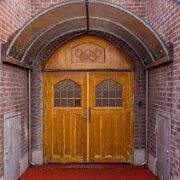
1 The Stockholm Olympic Stadium, a historic icon of both sports and architectural prowess, was constructed for the 1912 Summer Olympics held in Stockholm, Sweden. Designed by architect Torben Grut, this remarkable venue showcases a harmonious blend of neoclassical and modernist architectural elements, embodying the spirit of its time. With its distinctive, towering tower and graceful colonnades, the stadium's grandeur symbolizes the ideals of athleticism and fair competition. Over the years, it has witnessed numerous historic sporting moments, and its enduring legacy as a center for athletic achievement and architectural excellence continues to captivate visitors from around the world, making it a cherished symbol of Sweden's rich sporting and cultural heritage.

2 The Stockholm Olympic Stadium, a historic icon of both sports and architectural prowess, was constructed for the 1912 Summer Olympics held in Stockholm, Sweden. Designed by architect Torben Grut, this remarkable venue showcases a harmonious blend of neoclassical and modernist architectural elements, embodying the spirit of its time. With its distinctive, towering tower and graceful colonnades, the stadium's grandeur symbolizes the ideals of athleticism and fair competition. Over the years, it has witnessed numerous historic sporting moments, and its enduring legacy as a center for athletic achievement and architectural excellence continues to captivate visitors from around the world, making it a cherished symbol of Sweden's rich sporting and cultural heritage.
![2023-08-30_238611_WTA_R5 Oscar's Church (Swedish: Oscarskyrkan) is one of the major churches in Stockholm, Sweden.[1] The three-aisled hall church, which holds 1,200 people, has an...](thumbs/2023-08-30_238611_WTA_R5.jpg)
8 Oscar's Church (Swedish: Oscarskyrkan) is one of the major churches in Stockholm, Sweden.[1] The three-aisled hall church, which holds 1,200 people, has an 80-metre-high (260 ft) tower in the south-western part of the building. Oscar's Church is located in the south-eastern part of Östermalm, where Storgatan and Narvavägen meet, near the Swedish History Museum. Narvavägen is together with the nearby Strandvägen—from which the church is also visible—one of the city's main boulevards, lined with several residential palaces.
History
The church was inaugurated in September 1903 as the result of a design competition nine years earlier. The competition was won by Gustaf Hermansson, who also designed the Sofia Church.[1][2] It was King Oscar II himself, after whom the church is named, who laid the foundation stone in 1897. Criticised from the start for its Gothic Revival style, it was originally meant to be partly clad in brick; this changed to a uniformly white façade, clad in limestone and marble. The construction work was delayed several times because of problems with the foundation, non-deliveries and labour strikes, which is why the church was not consecrated until 1903.
History
The church was inaugurated in September 1903 as the result of a design competition nine years earlier. The competition was won by Gustaf Hermansson, who also designed the Sofia Church.[1][2] It was King Oscar II himself, after whom the church is named, who laid the foundation stone in 1897. Criticised from the start for its Gothic Revival style, it was originally meant to be partly clad in brick; this changed to a uniformly white façade, clad in limestone and marble. The construction work was delayed several times because of problems with the foundation, non-deliveries and labour strikes, which is why the church was not consecrated until 1903.
![2023-08-30_238633_WTA_R5-Enhanced-NR Oscar's Church (Swedish: Oscarskyrkan) is one of the major churches in Stockholm, Sweden.[1] The three-aisled hall church, which holds 1,200 people, has an...](thumbs/2023-08-30_238633_WTA_R5-Enhanced-NR.jpg)
9 Oscar's Church (Swedish: Oscarskyrkan) is one of the major churches in Stockholm, Sweden.[1] The three-aisled hall church, which holds 1,200 people, has an 80-metre-high (260 ft) tower in the south-western part of the building. Oscar's Church is located in the south-eastern part of Östermalm, where Storgatan and Narvavägen meet, near the Swedish History Museum. Narvavägen is together with the nearby Strandvägen—from which the church is also visible—one of the city's main boulevards, lined with several residential palaces.
History
The church was inaugurated in September 1903 as the result of a design competition nine years earlier. The competition was won by Gustaf Hermansson, who also designed the Sofia Church.[1][2] It was King Oscar II himself, after whom the church is named, who laid the foundation stone in 1897. Criticised from the start for its Gothic Revival style, it was originally meant to be partly clad in brick; this changed to a uniformly white façade, clad in limestone and marble. The construction work was delayed several times because of problems with the foundation, non-deliveries and labour strikes, which is why the church was not consecrated until 1903.
History
The church was inaugurated in September 1903 as the result of a design competition nine years earlier. The competition was won by Gustaf Hermansson, who also designed the Sofia Church.[1][2] It was King Oscar II himself, after whom the church is named, who laid the foundation stone in 1897. Criticised from the start for its Gothic Revival style, it was originally meant to be partly clad in brick; this changed to a uniformly white façade, clad in limestone and marble. The construction work was delayed several times because of problems with the foundation, non-deliveries and labour strikes, which is why the church was not consecrated until 1903.
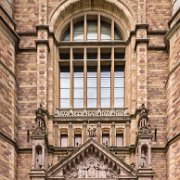
11 The Nordic Museum (Swedish: Nordiska museet) is a museum located on Djurgården, an island in central Stockholm, Sweden, dedicated to the cultural history and ethnography of Sweden from the early modern period (in Swedish history, it is said to begin in 1520) to the contemporary period. The museum was founded in the late 19th century by Artur Hazelius, who also founded the open-air museum Skansen. It was, for a long time, part of the museum, until the institutions were made independent of each other in 1963.
History
The museum was originally (1873) called the Scandinavian Ethnographic Collection (Skandinavisk-etnografiska samlingen), from 1880 the Nordic Museum (Nordiska Museum, now Nordiska museet). When Hazelius established the open-air museum Skansen in 1891, it was the second such museum in the world.
The museum building.
For the museum, Hazelius bought or got donations of objects like furniture, clothes and toys from all over Sweden and the other Nordic countries; he emphasised the peasant culture, but his successors increasingly started to collect objects reflecting bourgeois and urban lifestyles as well. For Skansen, he collected entire buildings and farms.
Although the project did not initially get the government funding he had hoped, Hazelius received widespread support and donations and by 1898, the Society for the promotion of the Nordic Museum (Samfundet för Nordiska Museets främjande) had 4,525 members. The Riksdag allocated some money for the museums in 1891 and doubled the amount in 1900, the year before Hazelius died.
History
The museum was originally (1873) called the Scandinavian Ethnographic Collection (Skandinavisk-etnografiska samlingen), from 1880 the Nordic Museum (Nordiska Museum, now Nordiska museet). When Hazelius established the open-air museum Skansen in 1891, it was the second such museum in the world.
The museum building.
For the museum, Hazelius bought or got donations of objects like furniture, clothes and toys from all over Sweden and the other Nordic countries; he emphasised the peasant culture, but his successors increasingly started to collect objects reflecting bourgeois and urban lifestyles as well. For Skansen, he collected entire buildings and farms.
Although the project did not initially get the government funding he had hoped, Hazelius received widespread support and donations and by 1898, the Society for the promotion of the Nordic Museum (Samfundet för Nordiska Museets främjande) had 4,525 members. The Riksdag allocated some money for the museums in 1891 and doubled the amount in 1900, the year before Hazelius died.
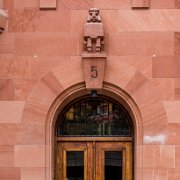
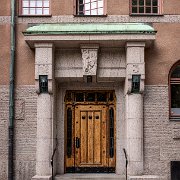
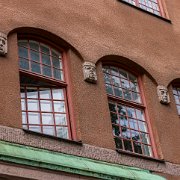
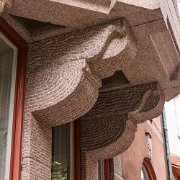
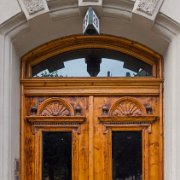
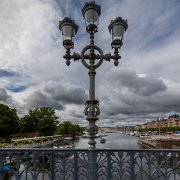
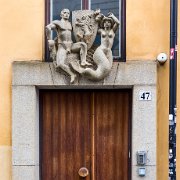
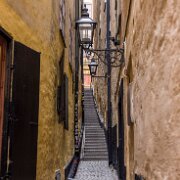
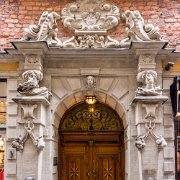
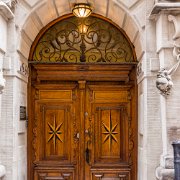
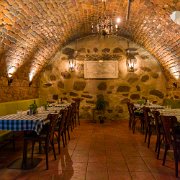
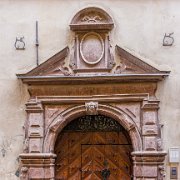
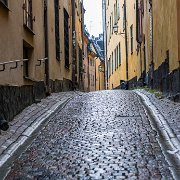
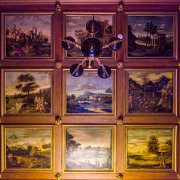

Sweden